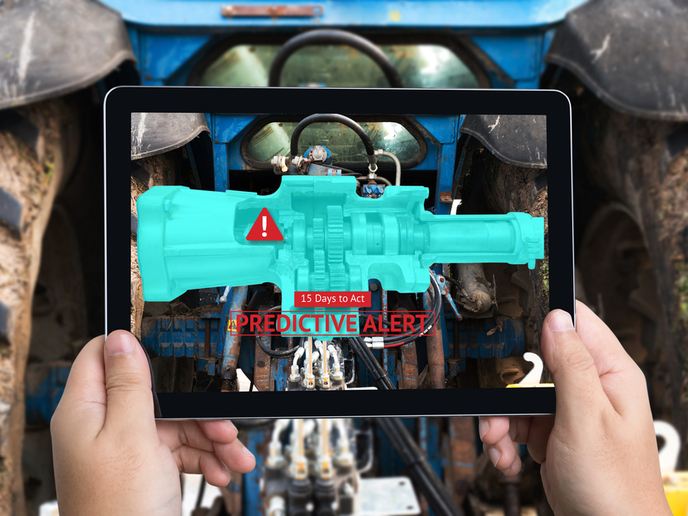Exploring links between counter-stereotypes and creativity
Creativity and innovation are drivers for society, and diversity is believed to boost creative performance and flexible thinking. The EU-funded project CREA.DIV investigated when and why social diversity, and especially exposure to people who violate stereotypes, can benefit people's creativity. The research fellow, Dr. Malgorzata Goclowska, conducted several experiments investigating the effects of exposure to counter-stereotypes. The research team developed a new paradigm, with photoshopped images in which people were placed on a background that was consistent, or inconsistent with stereotypes. For example, in one set of pictures, in the stereotypic condition a priest was placed in front of a Christian church, whereas in the counter-stereotypic condition the same priest was placed in front of a mosque. Several images like these, representing stereotype-confirming, or stereotype violating situations, were used in the this research. In laboratory experiments, participants viewed stereotype confirming or stereotype violating images, and performed various cognitive tasks. Exposure to counter-stereotypes enhanced creativity in subjects low in personal need for structure (PNS) – those individuals, who are not bothered by uncertainty and lack of structure in their environment. In contrast, in individuals high in PNS, who are averse to uncertainty and lack of structure, creative thinking dropped. The project also revealed that low-PNS subjects are keener on counter-stereotypes, while high-PNS subjects prefer stereotypes. These findings demonstrated the importance of considering the audiences’ personality, before bringing people in contact with something new and unfamiliar, such as counter-stereotypes. Project outcomes were published in peer-review journals and presented at several international conferences. The findings were featured in the Psychology Today Blog(opens in new window). By challenging stereotypical views through experimentation and testing, CREA.DIV shed light on the conditions under which counter-stereotypes stifle or nurture creative thought and performance. The project has implications for diversity interventions. Accounting for individuals’ needs and preferences can explain the effects of diversity interventions on performance.







